I’ve had a few readers ask me about the prehistoric rock art sites discovered on our recent Chad-Tibesti Expedition.
The rock art we found dates back to the Holocene, between 8,000 and 6,000 years ago, when the Sahara was fertile. It was created by the cattle herders and hunter gatherers who inhabited the area during its brief wet interlude.
Friends have said how amazing it must be to discover something no one has likely seen since long before the ancient Greeks or Egyptian pyramid builders walked the Earth.
But it isn’t very difficult to find this stuff if you know where to look. In the Tibesti, most of the paintings and engravings were on flat sandstone faces.
These were the two sites I found:
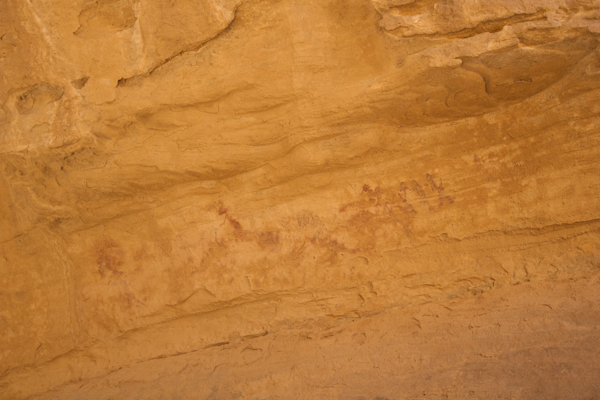
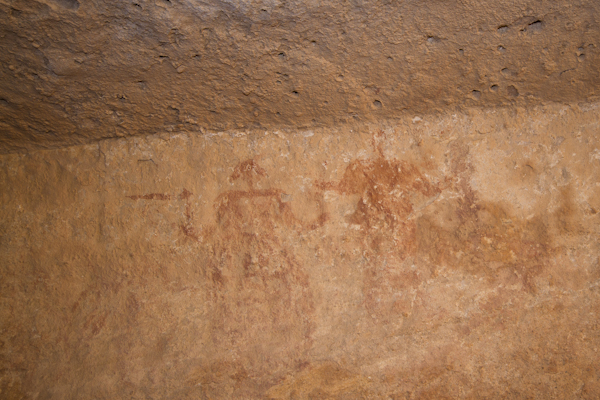
I’m told this second site was a bit of a rare discovery, because so far none of the other Tibesti paintings were located inside a cave:
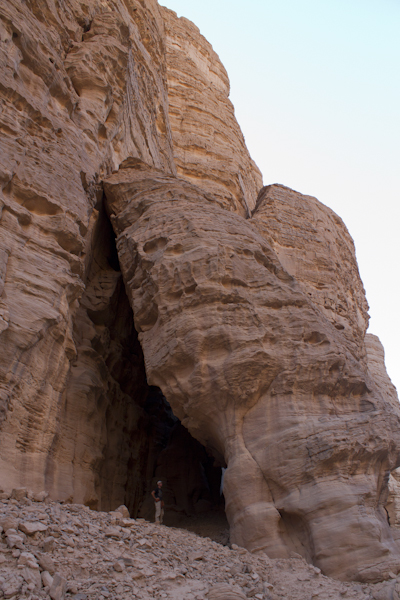
Only three people in the world have ever seen this one: myself, my wife (the photographer), and my friend Gabor. Mainly because no one else was around when I found it.
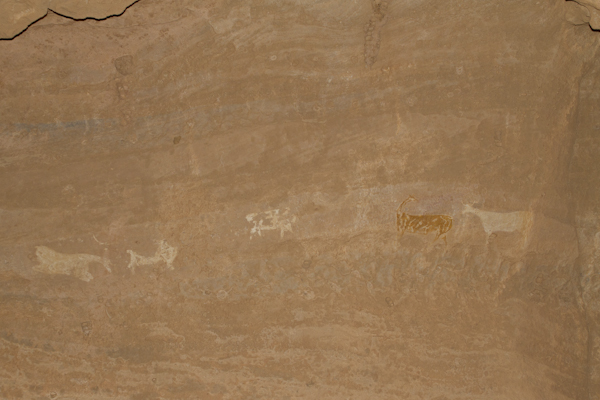
Well, actually, this was really my first painted cow find, on a tin of condensed milk that some herders had abandoned near a rock structure where we made camp:
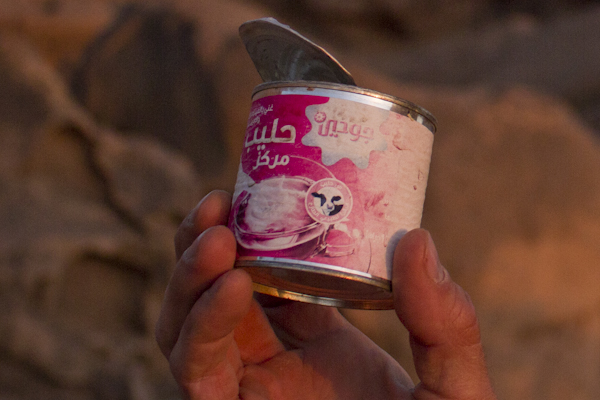
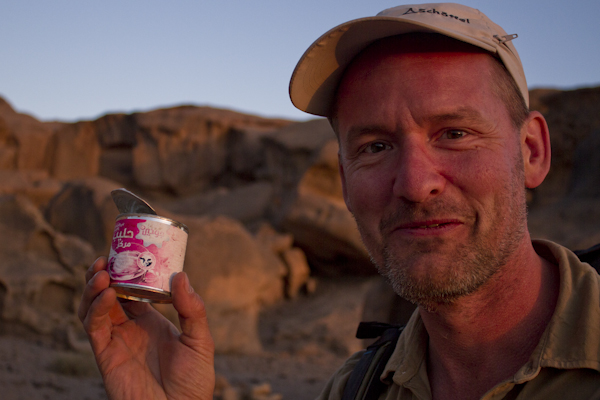
I brought it to show the others, and they humoured me politely, but I can’t help feeling that they dismissed the momentousness of this discovery rather lightly. Probably out of jealousy.
It was cool to find my two little sites. But my friend Andras Zboray, the organizer and leader of our expedition, has probably found more prehistoric rock art sites in the Sahara than any other living explorer. He’s the true expert here; I was just along for the ride.
Andras has been patiently searching out and meticulously cataloguing prehistoric rock art in these region for well over a decade. If you’re interested in that stuff, Andras’s site is a treasure trove of information. I highly encourage you to check it out HERE.
Besides the rock art that was the goal of our expedition, we also found a great deal of pottery fragments scattered all over the desert floor:
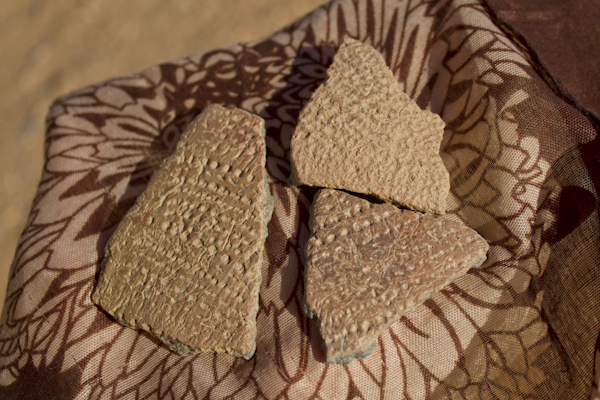
Grinding stones, which are found all over the Sahara:
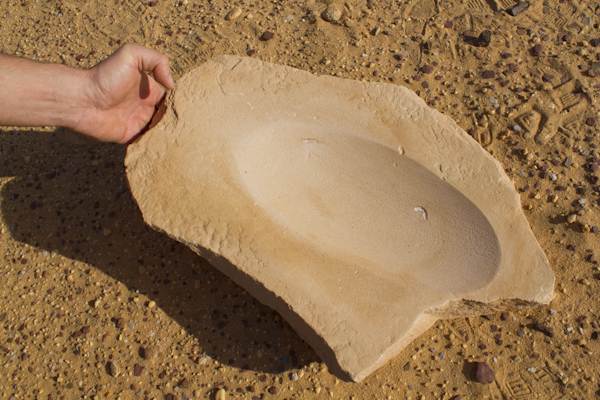
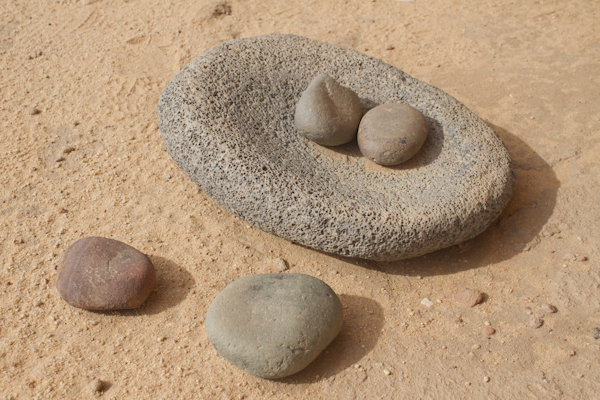
And some beautiful shells, from when the area was covered by the waters of prehistoric Lake Megachad:
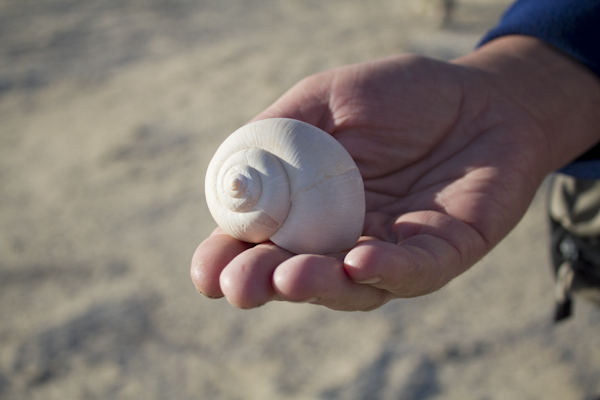
Here are a few of the major sites in the Ouri Plain, which was the objective of our trip. Most of them were discovered by the only other expedition to have reached this region, 15 years before our journey.
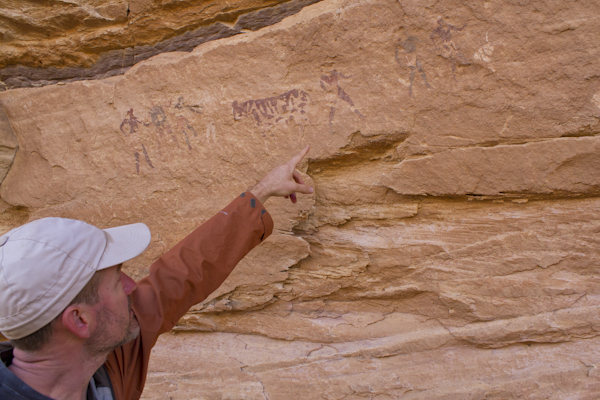
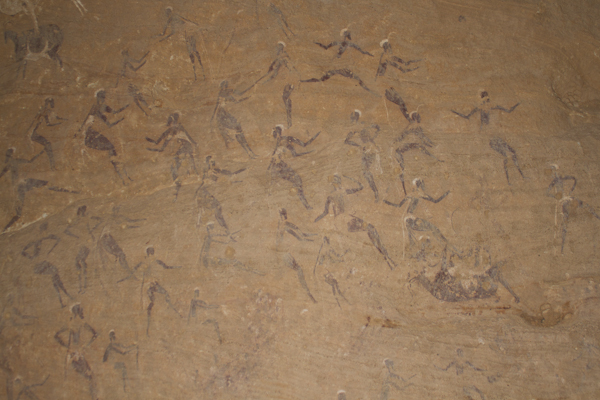
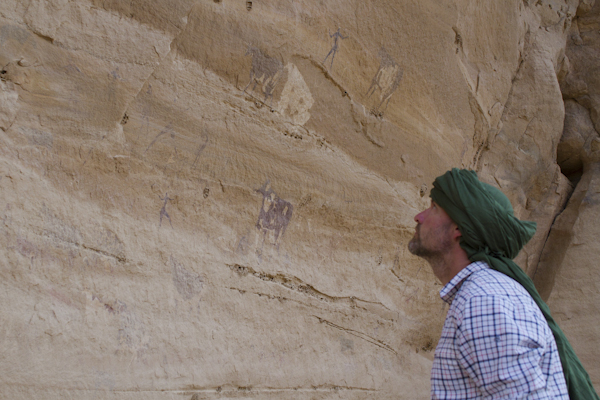
For more information on all things prehistoric rock art, as well as the history of Saharan exploration, please visit Fliegel Jezerniczky Expeditions, where you’ll find hours and hours of excellent reading.
Photos ©Tomoko Goto 2015

Get your FREE Guide to Creating Unique Travel Experiences today! And get out there and live your dreams...
